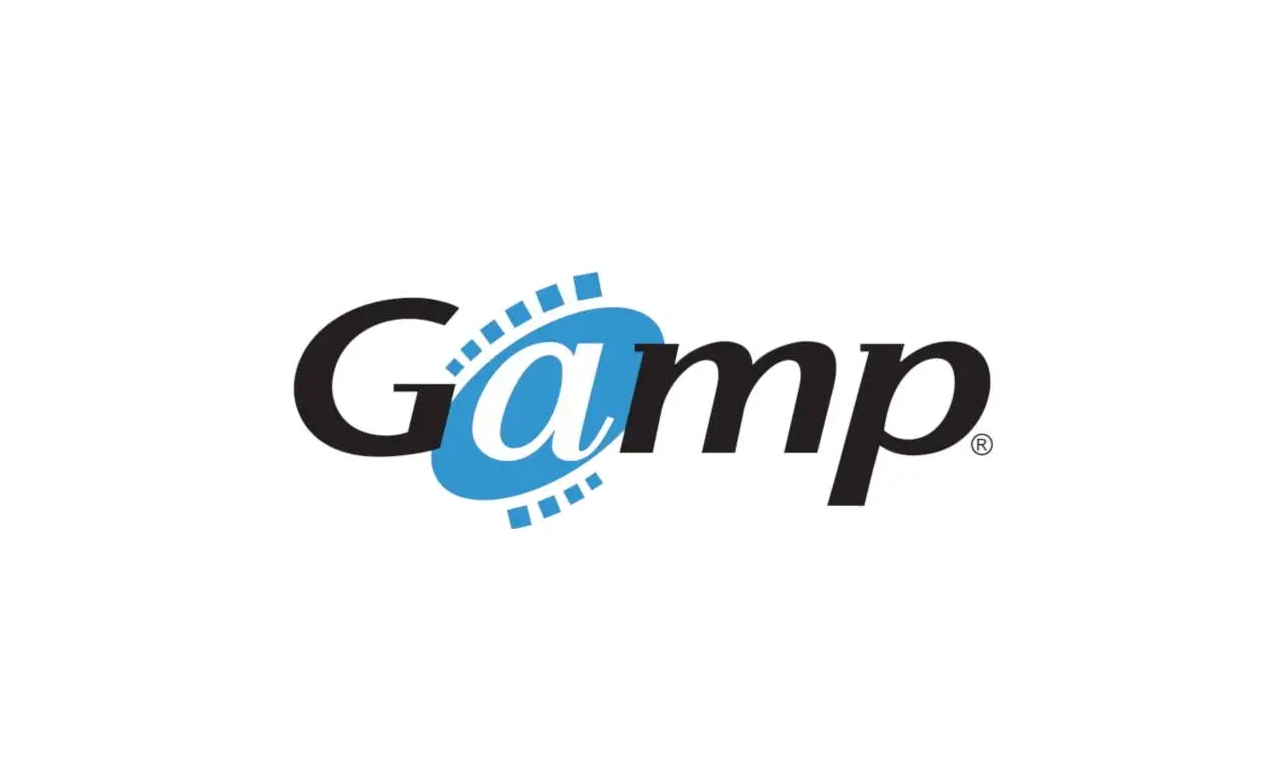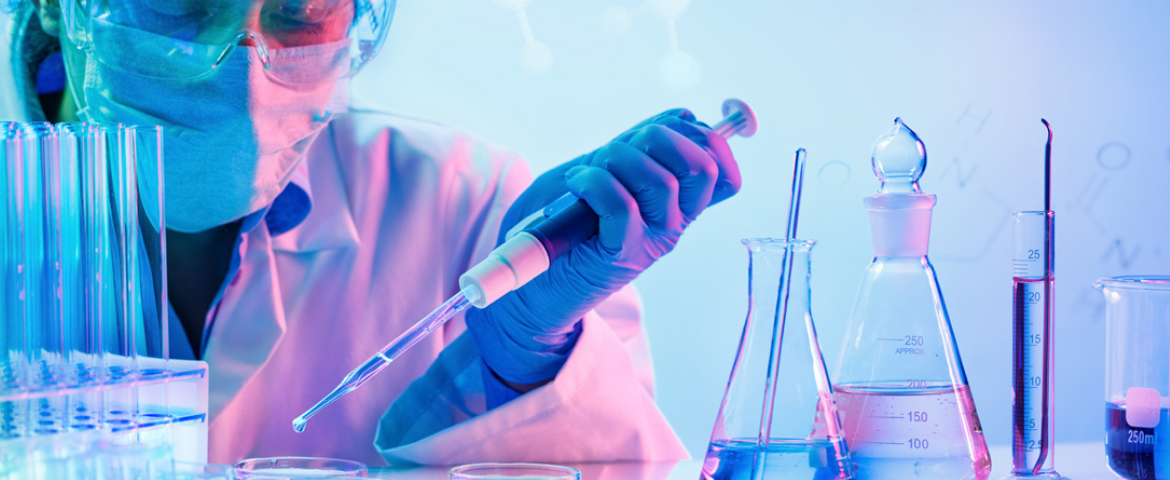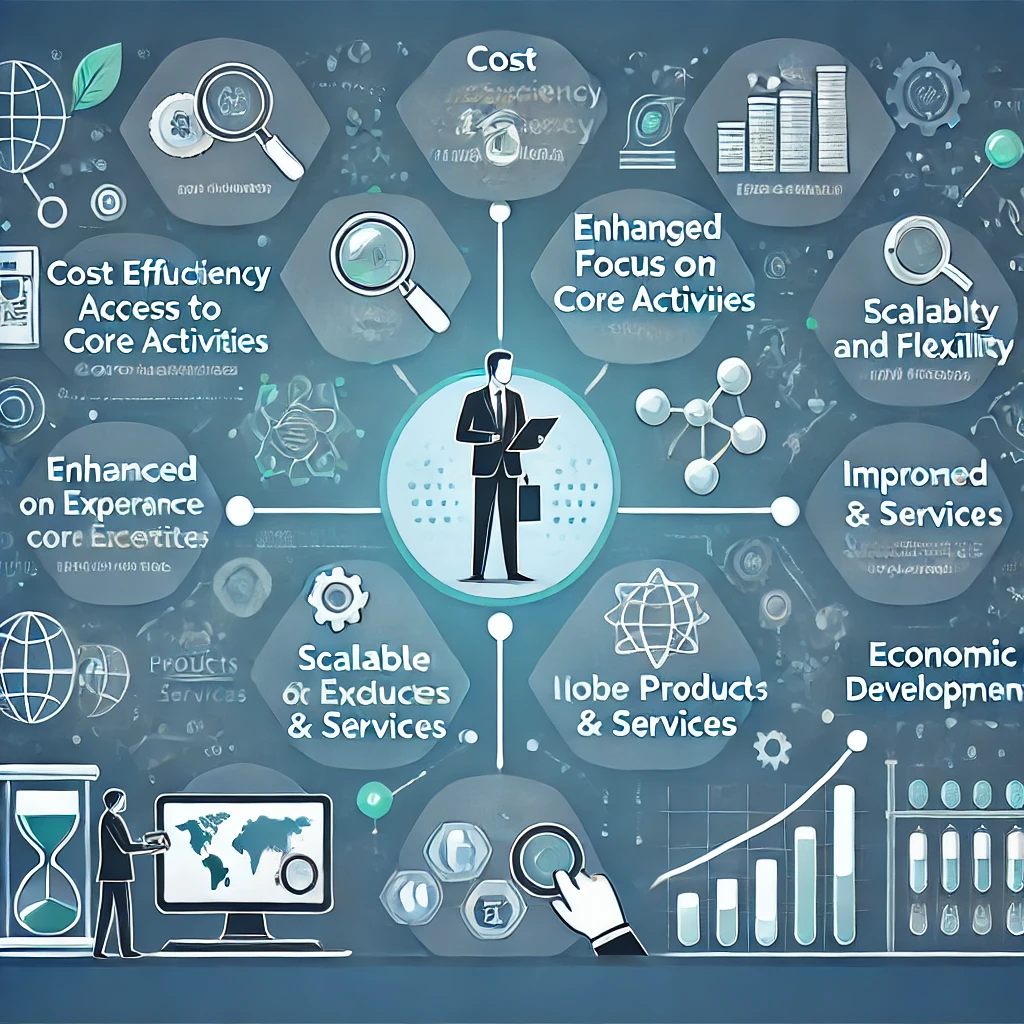5 Secrets of GMP Annex 1: A Blueprint for Compliance
Good Manufacturing Practices (GMP) are essential in the life-science industry for ensuring product quality and safety. Annex 1 of the EU GMP guidelines is a critical document that outlines the specific requirements for the manufacture of sterile medicinal products. In this blog post, we'll explore five key aspects of GMP Annex 1 that life-science companies need to master to ensure compliance and operational efficiency.
1. Environmental Monitoring
Environmental monitoring is a cornerstone of GMP Annex 1. The guidelines stress the importance of maintaining a controlled environment to prevent contamination of sterile products. This involves regular monitoring of air, surfaces, and personnel for microbial and particulate contamination.
A robust environmental monitoring program should include well-defined protocols for sampling, testing, and responding to out-of-limit results. Companies must leverage automation and data analytics tools to enhance the efficiency and accuracy of monitoring. By promptly identifying and addressing potential issues, they can ensure a contamination-free environment, thus safeguarding product quality.
Furthermore, life-science companies should incorporate continuous monitoring systems that allow for real-time data collection and analysis. This proactive approach not only helps in immediate issue resolution but also assists in trend analysis, enabling predictive maintenance and early intervention strategies. Integration of IoT devices and advanced analytics can play a pivotal role in transforming environmental monitoring from a reactive to a proactive function.
Take Your Pharma Business to the Next Level
Download our Pharma Operation Report 2024 for free to achieve Operational Excellence.
Free Download
2. Personnel Training and Hygiene
Personnel training and hygiene are critical components of GMP Annex 1 compliance. All personnel involved in the manufacturing process must be adequately trained on GMP requirements, including proper aseptic techniques and contamination control.
Regular training sessions and competency assessments are essential to ensure that all employees understand and adhere to the guidelines. These training sessions should be comprehensive, covering the latest updates in GMP regulations and best practices for aseptic processing.
Proper hygiene practices, including gowning procedures and personal cleanliness, must be strictly enforced to minimize the risk of contamination. Companies should establish a culture of cleanliness and diligence, where hygiene protocols are not just followed but ingrained in the daily operations of the facility.
Moreover, integrating e-learning platforms and virtual reality (VR) simulations can enhance the training process, providing interactive and immersive learning experiences. This not only makes training more engaging but also ensures higher retention of critical information.
3. Process Validation
Process validation is a fundamental requirement of GMP Annex 1. It involves the systematic study of manufacturing processes to ensure that they consistently produce products of the required quality. This includes validation of cleaning procedures, sterilization processes, and aseptic techniques.
A comprehensive validation plan should be developed, documenting all steps of the validation process and establishing acceptance criteria. This plan should be dynamic, allowing for continuous monitoring and adjustments as necessary to maintain process integrity.
Ongoing process monitoring and periodic revalidation are essential to maintain validated status and ensure continuous compliance. Life-science companies must implement robust process management systems that enable real-time monitoring and control of critical process parameters.
Advanced technologies such as Process Analytical Technology (PAT) and real-time release testing (RTRT) can significantly enhance process validation efforts. These technologies facilitate real-time quality control, enabling immediate corrections and ensuring consistent product quality.
4. Quality Risk Management
Quality risk management (QRM) is a proactive approach that is integral to GMP Annex 1. It involves identifying, assessing, and controlling risks to product quality throughout the manufacturing lifecycle. QRM helps in making informed decisions and implementing appropriate risk mitigation strategies.
The incorporation of QRM principles into the quality management system ensures that potential risks are identified early, allowing for timely implementation of control measures. Regular risk assessments and reviews are vital to adapt to changes and continuously improve processes.
Companies should develop comprehensive risk management plans that include detailed risk assessments, mitigation strategies, and continuous monitoring protocols. This approach ensures that risks are managed effectively, reducing the likelihood of quality issues.
Data-driven decision making, enabled by advanced analytics and machine learning, can significantly enhance QRM practices. By analyzing historical data and identifying patterns, companies can predict potential risks and implement preventive measures before issues arise.
5. Robust Documentation
Documentation is a key aspect of GMP compliance as emphasized in Annex 1. Accurate and detailed documentation of all manufacturing activities is essential for traceability and accountability. This includes batch records, standard operating procedures (SOPs), and deviation reports.
Implementing a robust documentation system that ensures all records are complete, accurate, and readily accessible is crucial. Life-science companies should adopt digital documentation solutions that streamline documentation processes, reduce manual errors, and enhance data integrity.
Digital solutions, such as electronic batch records (EBR) and document management systems (DMS), can automate documentation tasks, ensure compliance, and provide real-time access to critical information. These systems not only improve efficiency but also enhance transparency and traceability.
Additionally, integrating blockchain technology into documentation processes can further enhance data integrity and security. Blockchain ensures that records are immutable and tamper-proof, providing an additional layer of trust and compliance.
Conclusion
Understanding and implementing the key aspects of GMP Annex 1 is essential for life-science companies to ensure compliance and maintain product quality. By focusing on environmental monitoring, personnel training, process validation, quality risk management, and robust documentation, companies can navigate the complexities of GMP requirements effectively.
Investing in training, technology, and continuous improvement will enable life-science companies to achieve operational excellence and uphold their reputation for quality and safety. Addressing these critical areas with a strategic and structured approach will contribute to long-term success and sustainability in the competitive market landscape.





